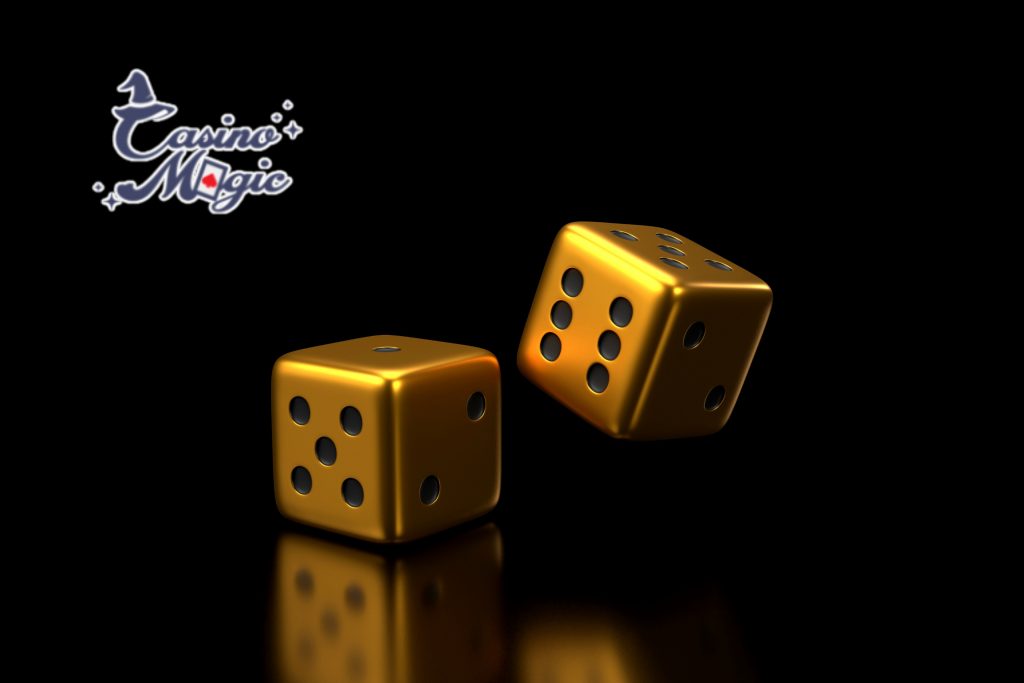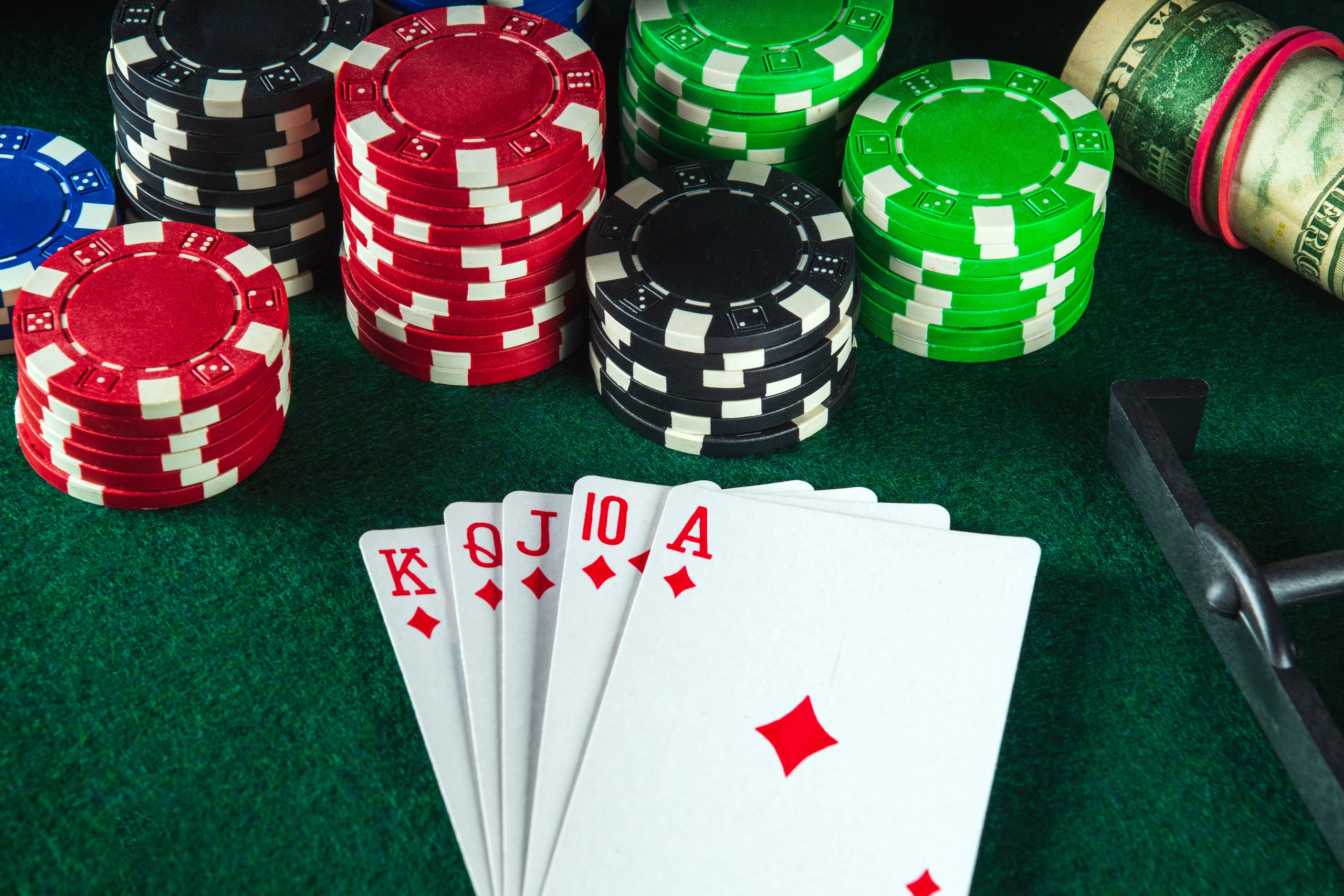
Poker is a game of skill, strategy, and knowing how to rank your hands. The 強し a player gets in ポーカー, 強さ depends on the strength of their hands and how well they can plan their moves based on those hands. Understanding how hands are ranked is important for all players because it helps them make smart choices during the game. This book goes into great detail about the different hand scores and strategies that can be used to improve your chances of winning. This book has useful tips and information that can help you improve your poker game, no matter how experienced you are or how new you are to the game. By going into specifics about hand strengths and the strategies used to take advantage of them, readers can learn the game better and improve their skills. Come with us as we explore the world of poker power and learn about the most important parts of hand ranks and strategies.
Poker Hand Rankings
How the hands are ranked is a big part of how poker is played and who wins each round. The Royal Flush is the best hand possible. It is made up of five of the best cards in a row, all of the same type. The next best hand is the Straight Flush, which is made up of five cards in a row that are all the same type. Four of a Kind, which is made up of four cards of the same number, is the next best hand.
In poker, a Full House is made up of three-of-a-kind and a pair. It is a very good hand. A Flush is when all five cards are the same suit, no matter what order they are in. A Straight, on the other hand, is when five cards in a row, but they don’t have to be the same suit.
You have three of a kind if you have three cards of the same number plus two cards that don’t go with them. These ranks are very important for figuring out the best hand in poker and can have a big effect on how a round goes. The goal of the game is to get the best hand and win the pot by planning and bluffing.
The Role of Community Cards
In a game like Texas Hold’em, community cards can have a big effect on the hands that players can make. Every player has access to these cards, which can be used with their “hole” cards to make the best hand possible. The community cards basically give players more ways to make better hands, like straights, flushes, full houses, and even royal flushes.
To get the most out of community cards, players need to think about the different ways they can be put together and the options they open up. Players should keep a close eye on the chances of getting good hands like straight and flush draws and change their approach as needed. For example, if the community cards show that there is a chance for a flush, a person with two matched cards might want to stay in the game and try to get that hand.
The community cards can also be used by players to figure out how strong their opponents’ hands are. Seeing how the community cards change how other players bet can tell you a lot about how strong their hands are going to be.
Types of Poker Games
Poker comes in many different types, but Texas Hold’em and Omaha are two of the most known and played.
In Texas Hold’em, each person is given two “hole cards,” which they must use along with the five “community cards” to make the best five-card hand. In Texas Hold’em, having strong hands is very important, and players must be smart about how they bet and act to win. In this game, it’s important to have strong starting hands, and players need to be aware of possible flushes, straights, and full houses.
In Omaha, on the other hand, each person is dealt four cards, and to make the best hand, they must use exactly two of them along with three community cards. Omaha is different from Texas Hold’em in that players have to think more carefully about the strength of their hands because there are more possible combos. Because Omaha has four hole cards, there are more possible strong hands. This means that players need to be able to change and better judge the strength of their opponents’ hands.
Key Aspects of Successful Bluffs
In poker, you need to know when to bluff and when not to bluff, be able to read your opponents’ body language and playing habits, and be able to use the pot odds and expected value to make smart choices about when to bluff.
In poker, it’s important to know when to bluff. You need to know a lot about the game and be able to spot good chances in order to bluff well. It’s important to read your opponents’ betting habits and body language to figure out if it’s time to play. Looking at the pot odds and estimated value can help you decide if you want to bluff strategically because it shows you the risk and benefit of the bluff.
Using semi-bluffs is another important part of lying well. When you semi-bluff, you bet with a hand that might be good, but it might not be the best hand right now. This makes the game more interesting and improves the chances of winning because it keeps other players wondering about how strong a player’s hand is.
Position and Its Impact on Hand Strength
The place of a poker player at the table in relation to the dealer button is called their “position.” “In position” means the player who acts last in a betting round, and “out of position” means the person who acts first. Poker position is very important because it directly affects the strength of your hands and how you make decisions.
Late position players have a big edge because they can watch how their opponents play before they decide what to do. So, they can make better decisions based on how strong their hand is and what their opponents are doing. Early position players, on the other hand, don’t know as much and are more likely to be outplayed.
Players can make the most of their hands’ strength by understanding their situation. For instance, a weak hand in early position might be folded to avoid losing chips, but the same hand in late position can be played more boldly because it comes after the flop.
To get the most out of positional benefits, players should pay attention to how their opponents usually play and change their plans to match. When players are in late position, they can use their opponents’ weaknesses to their advantage and get more value from their good hands. On the other hand, players should be more careful and choosy with their starting hands when they are in early position so they don’t get themselves into tough situations.
Overall, position is one of the most important ideas in poker. It affects both the strength of your hand and your decisions. If you want to win at the table, you need to know how to use position to your advantage.

Conclusion
Finally, any poker player who wants to get better needs to have a solid idea of how hands are ranked and how to use them. Players can make better choices during the game if they know about the different hand ranks and what they mean. Players can change their approach by looking at the community cards, how their opponents act, and how often they bet to figure out how strong their hand is. Bluffing is a way to trick your opponents into thinking your hand is stronger than it really is, and knowing things like pot odds and position can have a big effect on your decisions. It is important for players to keep studying and changing how the game works in order to improve their chances of winning. By getting good at these basic poker (ポーカー 強さ) skills, players can eventually improve their game and raise their chances of winning. Overall, any poker player who wants to do well needs to have a good idea of how hands are ranked and how to play them.












